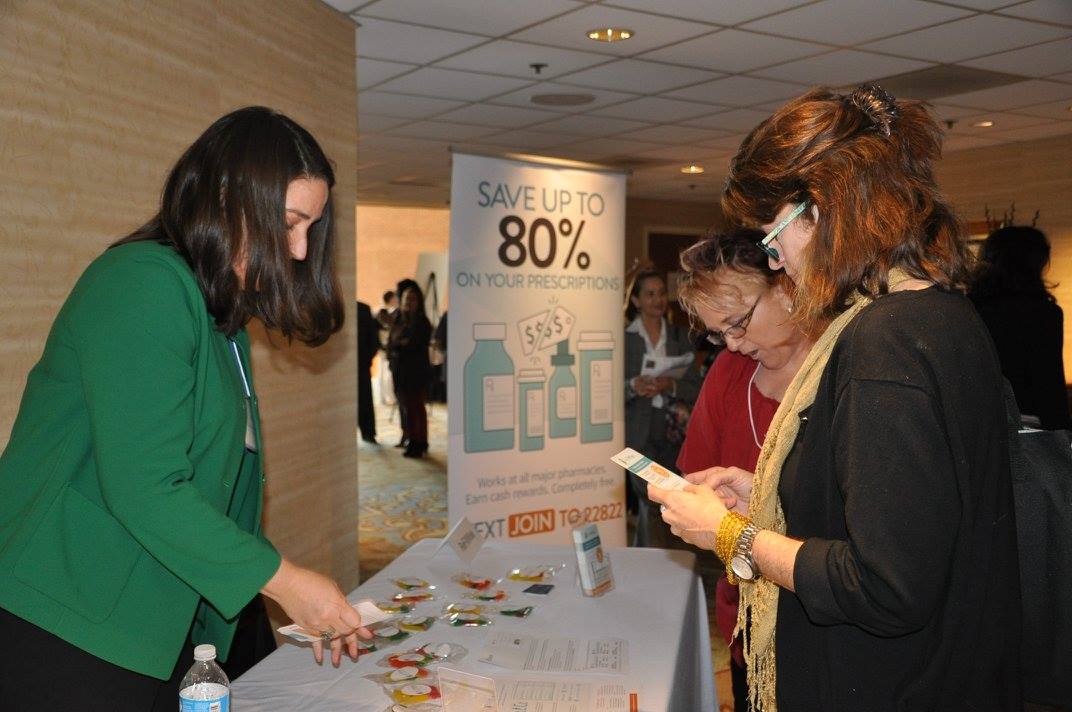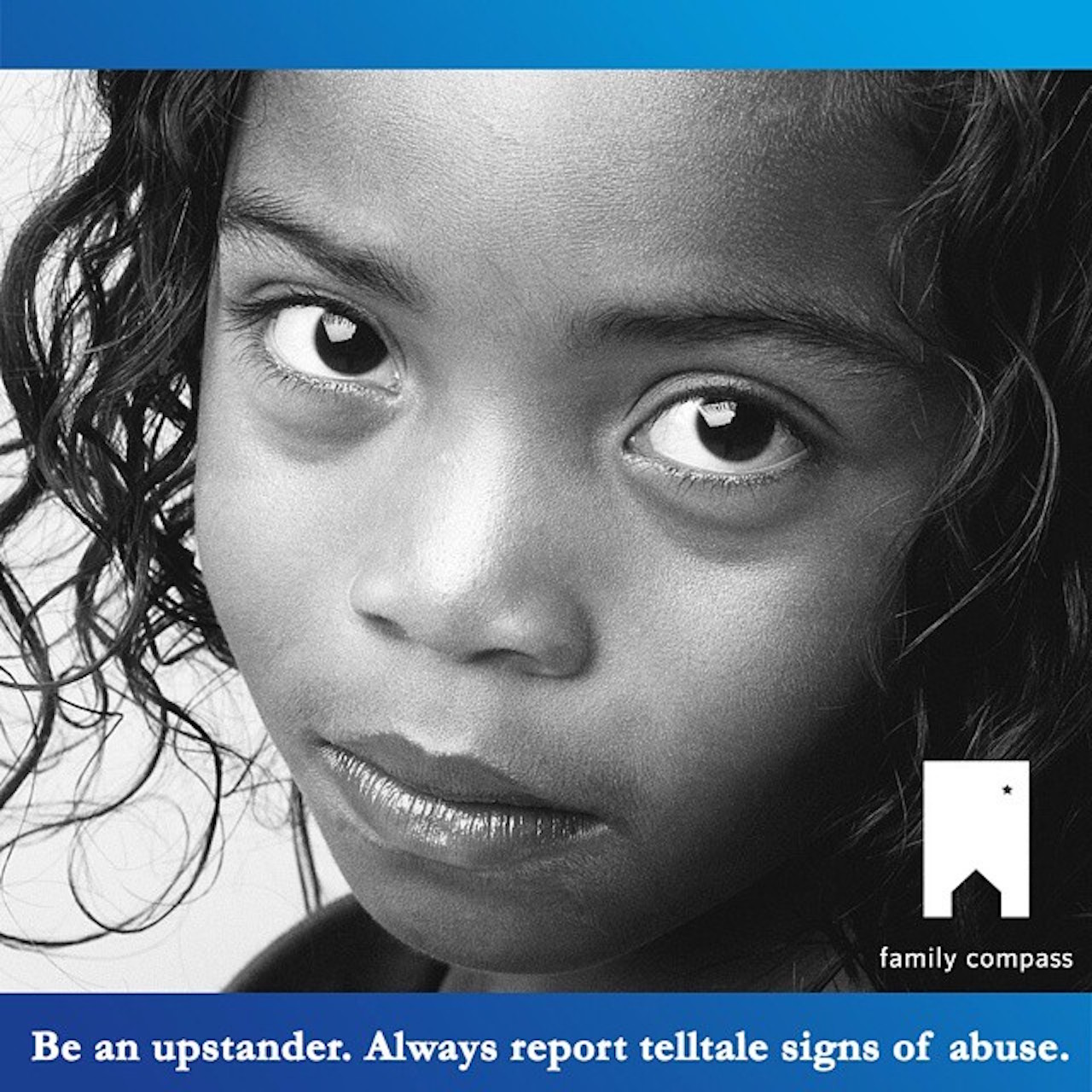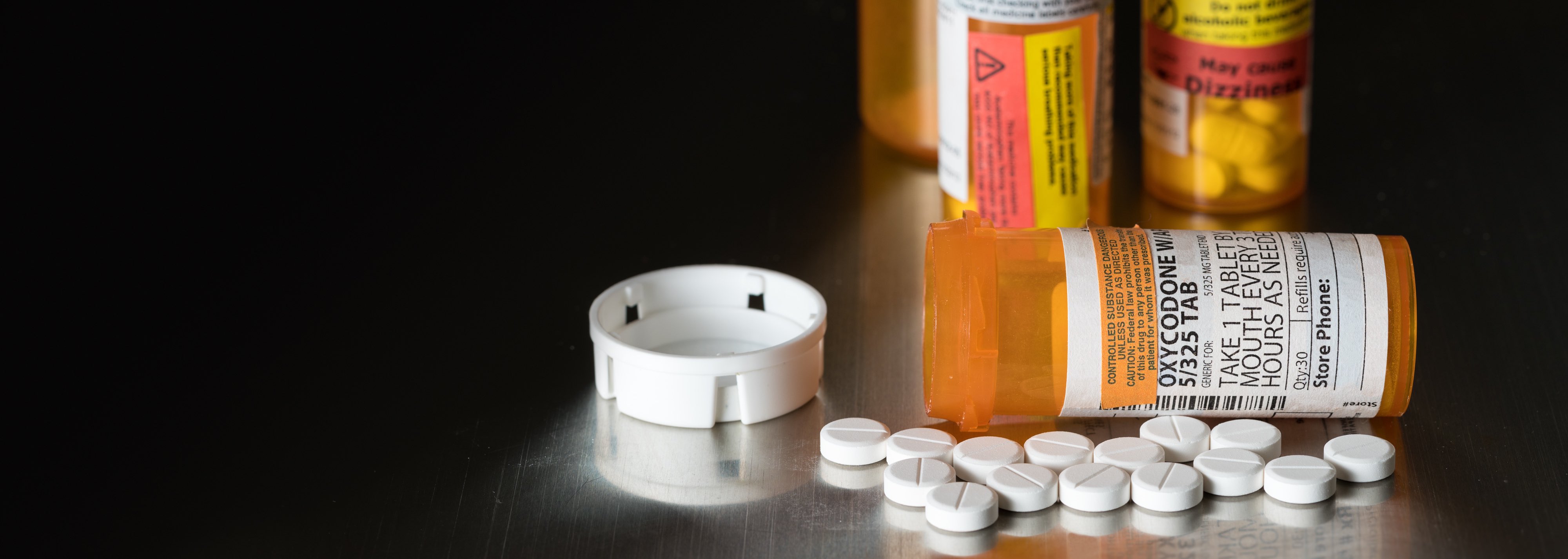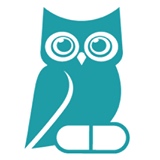According to the CDC, there were 229,715 babies born to girls between the ages of 15-19 during the last reporting year. Although this represents a drastic decline, the high numbers still come with a large familial and societal impact. Moreover, not every region shows the same decline, and some areas still report incredibly high teen birth rates, in which as many as one-in-nine girls will have a baby before becoming an adult, herself. “Those pregnancies take a physical, financial and psychological toll on the teenagers, and they also come with a high economic cost for Texas taxpayers,” explained Gwen Daverth, chief executive of the Texas Campaign to Prevent Teen Pregnancy, in a recent news article. She was speaking of repeat births among teen moms, for which her state now leads the nation. Ms. Daverth adds that 86% of teen births are paid for by Medicaid, but that “costs also arise from serious social problems ranging from poverty to child abuse and neglect, and health concerns such as premature and low birth weight deliveries.”
Agencies like the Campaign and NTARuPT work tirelessly to turn these numbers around, and that’s one reason we’re proud to have them as RefillWise partners. In honor of Teen Pregnancy Prevention Month, we’ve decided to highlight some of the work they do in our community.
Meet NTARuPT
We had the pleasure of speaking with Diana Ayala of NTARuPT, the North Texas Alliance to Reduce Unintended Pregnancy in Teens. The group’s mission is to “to improve the quality of life for children, families, and communities by preventing unintended teen pregnancies.” They believe that every young person in our community should have the opportunity to set goals, plan education and careers and become self-sufficient before entering into parenthood. All are committed to providing evidence-based, medically-accurate teen pregnancy prevention information to teens and parents of teens, as well as giving teens healthcare referrals as needed.
NTARuPT Teaches the Hows and Whys of Preventing Teen Pregnancy
The biggest myth about teen pregnancy is “the assumption that talking to teens about sex leads teens to have sex,” Ms. Ayala said. “In fact, research has shown that the more teens know, the less they do.” Indeed, this is a huge difficulty NTARuPT and similar organizations face, as the sex ed curriculum taught in schools varies greatly from one institution to the next. Not every school provides sex ed, and many teach abstinence only or may be legally forbidden from sharing scientific information about types of birth control methods and how to safely use them. In a perfect world, this would be enough, but roughly half of all high school students are engaging in sex, which indicates abstinence-only education falls short. Therefore, NTARuPT’s commitment to empower teens with messages about preparing for their future and continuing education, as well as the in-depth coverage on how to prevent pregnancy, serves both youth and our community well.
NTARuPT’s Outreach is Great
To date, the group has helped more than 1,500 teens and parents with its educational materials, resources, and referrals. It has also amassed more than 100 partners, each specializing in an area that can benefit teens and parents, such as out-of-school time programming, counseling, mentoring, primary healthcare, and social services. Their work can be seen in churches, afterschool programs, summer camps, schools, the Juvenile Detention Center, and other venues throughout the state. In other words, wherever parents and teens are, NTARuPT aims to have a presence.

Learn More or Help NTARuPT
For more information about NTARuPT or to access some of the resources it offers, go to NTARuPT.org. You can help spread the word about the work they do on Facebook and Twitter too. It’s also worth noting that most of the funding for NTARuPT’s programs comes from federal grants, but these are always at risk. If you’d like to help ensure NTARuPT can keep up these efforts, consider making a donation.
Meet the Texas Campaign to End Teenage Pregnancy
While some organizations are on the forefront of the field and interacting directly with the people it serves, the Texas Campaign tends to focus its efforts on providing community leaders with resources and information on evidence-based curriculums.
The Texas Campaign is at the Forefront of Change
Every year, the Texas Campaign organizes an annual Statewide Symposium, gathering public health professionals and educators to raise awareness, analyze policies, and inform professionals working to effectively prevent teen pregnancies. The symposium attracts hundreds or people from all over the country annually on their own, but the organization also initiates policy roundtables and has a legislative education program. Combined, these efforts provided education and training to more than 350 people in the past year alone. Because the Campaign centers on evidence-based methodology and research, it’s also responsible for the creation of more than 50 unique resources, including an interactive map that shows teen pregnancy rates and other relevant data by county. Although the research and maps are made available to the general public, they’ve become largely instrumental for other organizations, including the more than 100 it has helped with specialized services, such as providing information about evidence-based curriculum and assistance with grant writing. The group was also recently responsible for securing the $1.6 million used to create the Youth Friendly Initiative — a program designed to make it possible for more adolescents to access to services provided by clinics.
Learn More or Help the Texas Campaign
To access the rich database provided by the Texas Campaign or to learn more about what the organization does, visit txcampaign.org. You can also keep up to date on the latest legislative news and more by following the Campaign on Facebook and Twitter. The Texas Campaign is a non-profit organization, largely funded by grants. However, if you appreciate the work they do and want to help advance it or ensure it continues, you may also donate directly through their website.
We’re Proud of Our Partners
At RefillWise, we support the efforts of numerous community health organizations, including the Texas Campaign and NTARuPT. Through these non-profits, our community becomes stronger and healthier, and we’re honored that they’ve chosen to partner with us to provide the individuals they serve with free RefillWise cards. Our cards can be used for discounts on all prescription medicine and equipment you get at a pharmacy, including various forms of contraception. If you have interest in obtaining our cards for your employees, clients, or volunteers, contact us today to learn more about RefillWise partnerships. Individuals may also receive a free RefillWise prescription discount card by signing up on our website or by texting JOIN to 22822.
When we hear on the news about an attack on a child or the death of a child, it shakes us to our core. It is nothing short of tragic when the most vulnerable in society have their lives cut short by preventable acts. What many don’t realize, however, is that thousands of these cases occur, though they don’t make the news because the child lives or the problems go undetected. One non-profit agency, Family Compass, aims to end child abuse and neglect by providing parents with education and resources that will help them become better parents. As May is Mental Health Awareness Month and Maternal Depression Awareness Month, we’re highlighting some of the work Family Compass does for our community.

The Risk Factors for Child Abuse and Neglect Can Help Predict At-Risk Kids
Data from the CDC indicates that there are several risk factors associated with cases of child abuse and neglect.
A lack of parental understanding in terms of child development, the needs of children, and parenting skills
Parents coming from homes where maltreatment occurred
Mental health issues, such as depression, and substance abuse in the family
Parents who are young, single, have a low education, and those with many dependent children
Caregivers in the home who are not related to the children
Social isolation
Parents coping with excessive stress
Violence in the home or community
Living in a disadvantaged neighborhood
By offering support services that can eliminate risk factors, Family Compass is effectively eliminating child abuse and neglect.
Family Compass Offers Classes and Home Mentoring Programs
Perhaps one of the things that makes Family Compass so unique is that the organization actually provides free one-on-one attention to parents most in need. With their Growing As Parents program, parents learn about child development and how to build positive relationships with their children. Parents can tap into the resource for as many as five years. Family Compass’ Parent Aide program also offers in-home support, but it’s geared toward helping parents learn positive parenting and discipline techniques, while providing access to resources that can help them overcome additional risk factors, such as emotional/mental health care and financial independence. In addition, several educational programs are available, all with a core focus on evidence-based teachings that can help create happier, healthier families. Since the organization’s inception, Family Compass has helped 44,000 parents and children, including more than 1,700 in the past year alone.
Learn More About Family Compass
You can learn more about the agency by visiting family-compass.org. You can also help spread the word about their work via Facebook and Twitter or make a donation via their website.
About RefillWise Partners
We’re proud to be able to serve our community. Our program helps families like the employees and clients of Family Compass to save up to 80% on needed prescription medicine and equipment from pharmacies, improving mental health and caring for family members while earning cash rewards for groceries and other necessities. Individuals may sign up for our free prescription discount cards on their own, though agencies like Family Compass help distribute them to the people who need them and might not hear about us otherwise. See our full list of partners on Twitter. If you have employees, clients, or volunteers who could benefit from our program, please send us a message and we’ll be happy to help.

May is Teen Pregnancy Prevention Month, and across the United States, teen pregnancy rates are dropping. The costs associated with teen pregnancies have fallen as well. The impact of this is broad; families are better equipped to raise children, less child abuse and neglect occurs, families have less financial stress, and girls tend to get more education, which boosts their individual incomes too. However, there are still nearly 330,000 babies born to teen moms between the ages of 15-19 each year, according to the CDC, which means the country still has quite a bit of work to do. Now one of the major sources of funding that has been instrumental in preventing teen pregnancy could be cut in half.
Half of All TPP Funding Could Be Cut
Most people aren’t familiar with the Teen Pregnancy Prevention Program (TPP), a division of the Office of Adolescent Health, but that doesn’t mean that the work it does isn’t valuable. In the first four years it existed, teen pregnancies dropped 29%. At present, teen pregnancies cost the country an estimated $9.4 billion, which the TPP has whittled down with a budget of $101 million. The money is disbursed throughout the country to various programs that use evidence-based methods to educate teens. President Trump’s proposed budget would cut TPP funding in half. While Congress has made it clear that it isn’t taking Trump’s recommendations — which called for massive cuts to virtually every government program — the mere fact that such extreme measures are considered mean funding for programs like TPP, despite obvious successes, will always be in danger.
TPP Programs Provide Education and Resources
There are many programs aimed at preventing teen pregnancies, both at a federal and state level, but they work in markedly different ways. While most tend to focus on abstinence, TPP programs also incorporate teachings about how the body works, how STDs are spread, and how multiple types of birth control work. Many state-funded programs fall short in this respect. Moreover, state-funded programs are often not permitted to provide scientific information about contraception without parental consent, depending on local laws, whereas federally-funded programs usually do. Should TPP wind up on the chopping block, it could leave a massive gap at a time when more funding is already needed.
Help Will Remain Available
Although many programs are largely funded by federal money, they may still be able to continue their work through additional fundraising efforts and donations. However, parental involvement will arguably become an even more crucial component, as studies have shown that parents talking to their kids about sex and educating them about contraceptives have a major impact on teen pregnancies. To learn more about how you can help, or for tips on talking to your children, visit the National Campaign to Prevent Teen and Unplanned Pregnancy or our partners: the Texas Campaign to Prevent Teen Pregnancy and the North Texas Alliance to Reduce Unintended Pregnancy in Teens (NTARuPt). RefillWise membership affording you prescription discounts and cash rewards will also remain available. Our free pharmacy discount program saves up to 80% on common medications, including many types of birth control as well as treatments for STDs. Sign up for your free RefillWise card today.

If you, personally, are not skipping some of your medications, missing doses, or holding off on refills, chances are you know someone who is. According to the latest research from the CDC, nearly one-in-ten is not taking their prescriptions. While the dangers associated with missed doses varies based on the type of medication and other factors, a CNBC report indicates 125,000 die every single year from incorrect or missed doses. It’s that serious. Some outlets want nothing more than to chalk these deaths up to forgetfulness, but there’s something much more going on.
Prescriptions are Not Affordable
“When people are unemployed or don't have insurance, where do they go? What do they do?” asked Dr. Ian Silverstein in a 2011 ABC News report. “People end up dying, and these are the most treatable, preventable diseases in the world.” The article was covering the heartbreaking tale of an Ohio man who could only afford one of the medications he needed to treat a tooth infection. Due to costs, he chose to only purchase only his pain medication, versus picking up the antibiotic that would have killed his infection- a decision which proved fatal. This sad story occurs all across America every single day. With the man in Ohio, even a low-cost antibiotic may have saved his life.
Those Living in Poverty and the Elderly Are Most At-Risk
The alarming CDC stats indicate that nearly 8% of all US adults have not taken medications as prescribed, specifically to save money. Those least at-risk were the privately insured, with around 6.1% missing doses. Those on Medicare fared worse, with more than 10% not taking their medications properly. The group not surprisingly most likely to miss doses: the uninsured, with a somber 14% not taking medications they’ve been prescribed and need. The same percentage is seen in low-income households earning roughly $31,000 for a family of 4, yet if the income rises to $58,000, non-compliance due to cost is nearly cut in half. Younger generations, aged 18-64, also beat out their senior counterparts nearly two-to-one when it came to skipping doses due to costs.
People Are Using Other Dangerous Means to Get Affordable Prescriptions
According to the CDC, people who can’t afford their medications are using other dangerous tactics to get by as well. One of the most popular involves sourcing drugs online, particularly from foreign countries. Unfortunately, the market is rife with counterfeit medications that are completely ineffective at their best and deadly at their worst. Others turn to alternative therapies and their conditions worsen.
There are Safe Ways to Get Affordable Prescriptions
There are a few safe options for those who are short on cash, but are in need of prescriptions. The CDC notes that about 15% of all people have asked their physicians to prescribe less-expensive medications. However, not all drugs are equal, and this, too, can have unintended consequences, such as additional side effects and a longer recovery time. At RefillWise, we believe that everyone should have access to the medications they need, which is why we offer our prescription discount card free of charge. If you’re struggling to cover your prescriptions, the RefillWise card can save you as much as 80% on your medications. Sign up today and begin saving right away.

An Epidemic
A serious health crisis has swept the United States. It is important that you learn how to protect yourself and your friends and family.
This growing epidemic is opioid addiction. You may have seen the headlines, news stories, and pictures of people passed out in cars and on streets. The opioid addiction rate in the United States is growing and so is the rate of overdoses and deaths due to opioid abuse. The number of prescription opioids dispensed by pharmacies since 1999 has more than quadrupled, and more than 60% of drug overdose deaths are related to opioid use. As a result, the number of babies born addicted to opioids is steadily rising, and life expectancy in the U.S. is in decline for the first time in more than a generation.
What are Opioids
Opioids are not always illegal. Because opioids are used for pain management, thousands of prescriptions for legal opioids are filled every day. These include the drugs OxyContin and Vicodin.
But there are illegal opioids too such as heroin. Plus, prescription opioids are made, sold, and used illegally as well.
It is most common for patients to be prescribed an opioid to manage pain following surgery, then to develop dependence or an addiction. Opioid use in the United States differs dramatically from drug use in other countries. Eighty percent of the world's opioid use is in the United States, even though we have only 4.6% of the global population.
Opioids work by attaching to opiate sensors in your brain, spinal cord, and gastrointestinal tract. Your body produces opiates on its own, but not enough to keep you from feeling the pain of a broken leg. Your body quickly becomes used to the higher amount of opioid and needs more and more to get the same result. If you do not take the opioid, you may not feel well until your body gets used to not having the the high levels of opiates in the system.
Dependence and Addiction
You may not realize opioid addiction is a medical condition, not just a poor lifestyle choice. Because the body quickly becomes dependent on opioids, it is easy to develop an addiction while taking opioids for legitimate reasons.
The pain and discomfort of withdrawal symptoms is a primary reason so many people continue to take opioids.
The initial withdrawal symptoms include:
muscle aches
anxiety
sweating
insomnia
yawning
After the initial few hours, symptoms worsen for several days and can include:
diarrhea
abdominal cramping
nausea and vomiting
dilated pupils
rapid heartbeat
high blood pressure
Help for Addicts
The CDC has identified treatment for addicts as one of the keys to ending this current epidemic. Medication Assisted Treatment (MAT) is one of the primary ways addicts can end their addiction. MAT combines the use of prescription medications like methadone or buprenorphine with counseling and behavioral therapies. Going to a residential treatment center may be necessary.
Because treatment often requires prescription medication and other medical treatment, the uninsured and underinsured may resist seeking help. It's important to know that there is help even if you do not have insurance that will cover your treatment.
Look for a treatment center that offers payment plans or sliding scale fees based on your income. Use a free RefillWise card to afford Naloxene HCL, which is in rescue injectors, or to instantly save on prescription cessation aids including methadone and buprenorphine. And talk to your doctors. They are in a position to help connect you to recovery resources, therapists, and treatment facilities.







